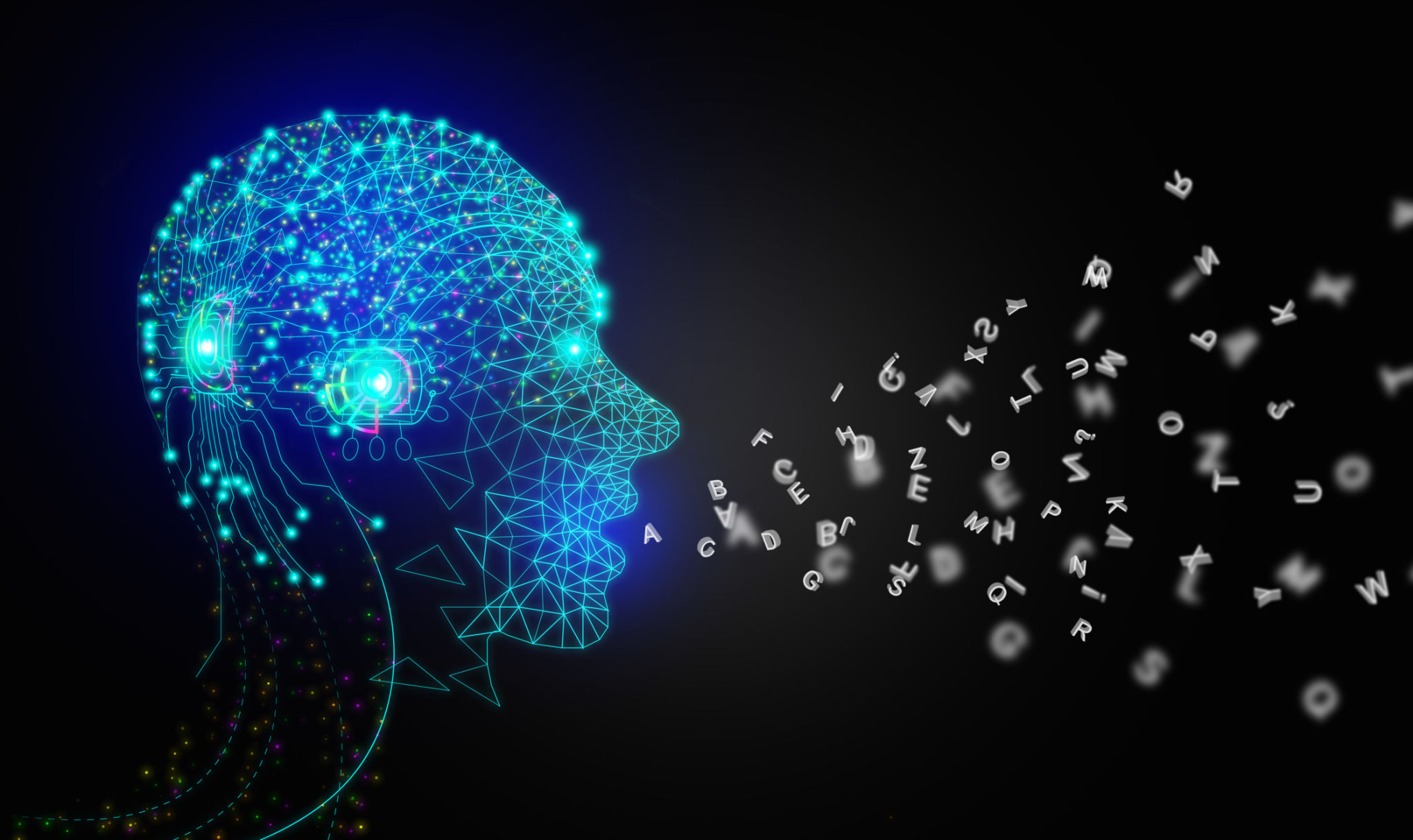Common Misconceptions About Voice AI Debunked
Understanding Voice AI: Breaking Down Misconceptions
Voice AI technology has become an integral part of our daily lives, from voice-activated personal assistants to smart home devices. However, despite its growing presence, there are still many misconceptions surrounding its capabilities and limitations. This blog post aims to debunk some of the most common myths about Voice AI.

Misconception 1: Voice AI Is Only for Tech-Savvy Individuals
One widespread belief is that Voice AI is primarily designed for tech enthusiasts or those with advanced technical skills. In reality, Voice AI is built with user-friendliness in mind. Modern voice-activated devices come with intuitive interfaces that make them accessible to users of all ages and technical abilities. Whether you’re tech-savvy or a beginner, Voice AI can simplify everyday tasks.
Many devices offer straightforward setup processes and easy-to-follow instructions, allowing users to start benefiting from voice commands with minimal effort. This ease of use is a key factor driving the adoption of Voice AI across diverse demographics.
Misconception 2: Voice AI Compromises Privacy
A significant concern among potential users is the belief that Voice AI constantly listens and records conversations, leading to privacy breaches. While it’s true that Voice AI devices are always in standby mode, they activate only upon hearing specific wake words. The majority of these devices prioritize user privacy and provide options to review and delete voice recordings.

Furthermore, many Voice AI systems employ advanced encryption methods to protect data from unauthorized access. As technology evolves, manufacturers continue to enhance security features, ensuring that user information remains confidential.
Misconception 3: Voice AI Is Inaccurate
Another common myth is that Voice AI systems frequently misinterpret commands or fail to understand diverse accents and languages. While early versions of voice recognition software had limitations, advancements in natural language processing (NLP) have significantly improved accuracy.
Today’s Voice AI systems can understand and process various accents and dialects with remarkable precision. Machine learning algorithms continuously learn from interactions, enhancing their ability to comprehend complex commands and respond accurately.

Misconception 4: Voice AI Can Replace Human Interaction
Some people fear that as Voice AI becomes more prevalent, it may replace human interaction altogether. However, this technology is designed to complement human activities rather than replace them. It can handle routine tasks like setting reminders or searching for information, freeing up time for more meaningful human connections.
Voice AI enhances efficiency and convenience but doesn’t possess the emotional intelligence needed for genuine human interaction. It’s a tool that supports daily life without diminishing the importance of personal relationships.
The Future of Voice AI
As we debunk these misconceptions, it becomes clear that Voice AI presents numerous opportunities for enhancing our lives. By understanding its true capabilities and limitations, users can make informed decisions about integrating this technology into their routines.
With ongoing advancements and a focus on user privacy and security, the future of Voice AI looks promising. As adoption grows, we can expect even more innovative applications that further enrich our experiences.